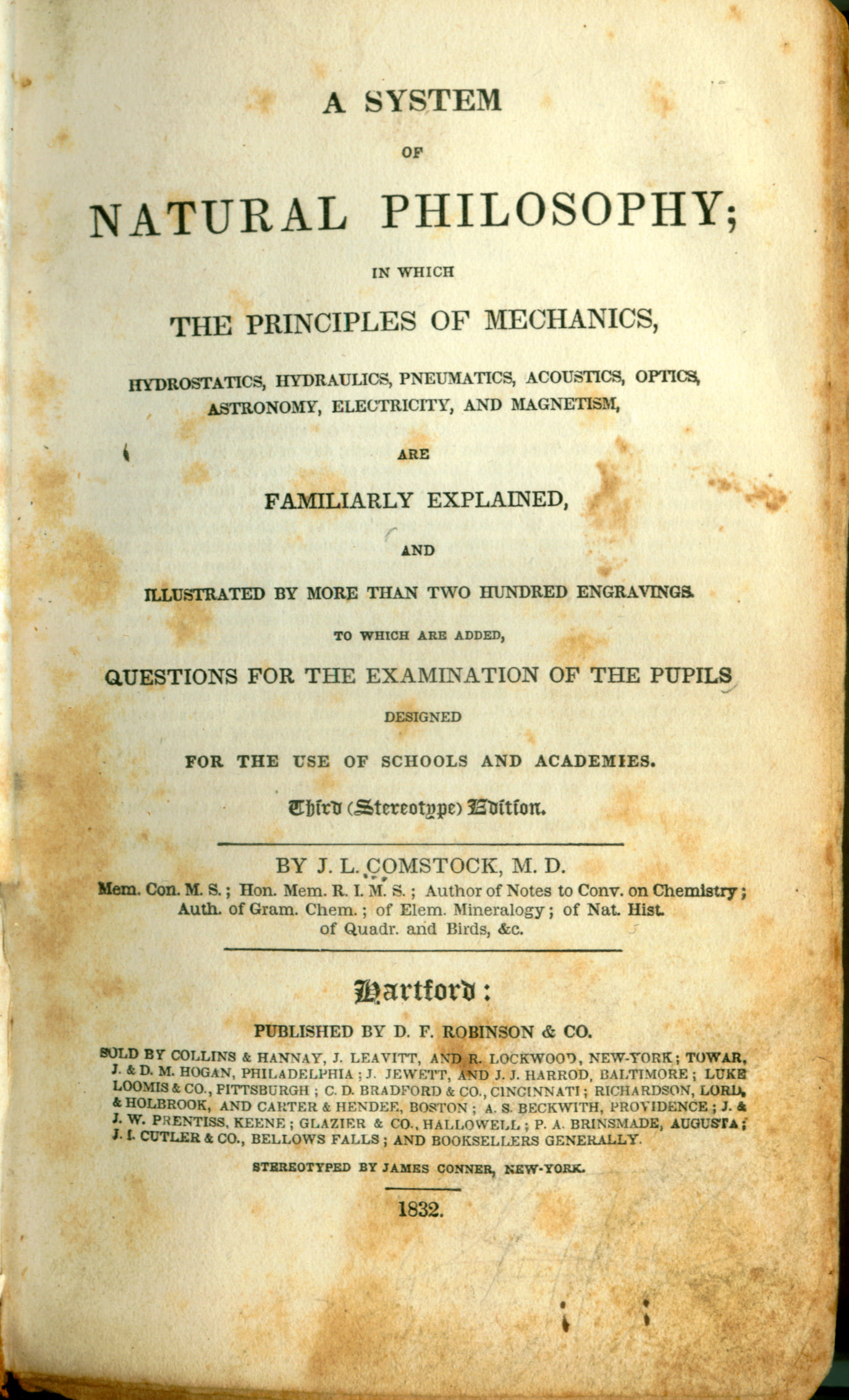Albion: The Origins of the English Imagination by Peter Ackroyd
An exciting new book from the acclaimed author of the magnificent London: The Biography. This book covers the whole of English cultural history from the Anglo-Saxon period to the present day -- from the Venerable Bede through English myths such as the legends about King Arthur and Albion to C.S. Lewis; from Chaucer through Spencer to George Eliot; from the English mystics through the philosopher Locke to Iris Murdoch; from Purcell through Elgar to Michael Tippett; from Hogarth through Constable to Turner; from mystery plays through Shakespeare to music hall. Peter Ackroyd's favourite themes are here: the visionary poetry of Blake, the theatrical novels of Dickens, the humanism of Thomas More -- and there are also explorations of forgery and plagiarism, Romanticism, artificiality, farce and pantomime, assimilation and energy. The author leads the reader through a labyrinth in one of the most exuberant books to be published this year. Editorial Reviews About the Author Peter Ackroyd is the author of biographies of Dickens, Blake and Thomas More and of the masterpiece, London: The Biography. He has won a Somerset Maugham Award, the Guardian Fiction Prize, the Whitbread Biography Award, the Royal Society of Literature's William Heinemann Award, the James Tait Black Memorial Prize and the South Bank Award. His most recent book is The Collection, selected journalism, reviews, essays and lectures. Excerpt. ® Reprinted by permission. All rights reserved. CHAPTER 1 The Tree When William Wordsworth invoked 'the ghostly language of the ancient earth' he spoke more, perhaps, than he knew. The mark or symbol of the hawthorn tree is to be found in the runic alphabet of the ancient British tribes, as if the landscape propelled them into speech.The worship of the forest, and of forest forms, characterised the piety of the Druids in whose rituals the spirits of the oak, the beech and the hawthorn are honoured. According to the texts of the classical historians the centre of the Druidical caste was to be found in Britain, from whose shores the practitioners of magic sailed to the European mainland. The forest worship of the northern and Germanic tribes, who were gradually to conquer Britain from the fifth to the seventhc enturies, may derive from the Druids' ministry. That is why Hippolyte Taine, the French critic and historian who in the 1860s completed a capacious history of English literature, hears the first music of England in the fine patter of rain on the oak trees. The poetry of England is striated with the shade that the ancient trees cast, in a canopy of protection and seclusion. Thus John Lydgate, in the fifteenth-century 'Complaint of the Black Knight', remarks of Every braunche in other knet, And ful of grene leves set, That sonne myght there non discende where the charm of darkness and mystery descends upon the Englishlandscape. In the nineteenth-century Tennyson recalls how Enormous elm-tree boles did stoop and lean Upon the dusky brushwood underneath Their broad curved branches . . . and in that tremulous dusk the trees themselves are images of peacefulness and protection. In the penultimate chapter of Jane Eyre, before her final awakening, the heroine passes through 'the twilight of close ranked trees' like a 'forest aisle'. 'The Knight's Tale' of Geoffrey Chaucer is set in Athens but the funeral pyre of Arcite there is adorned with the trees of England rather than those of ancient Greece - 'ook, firre, birch, aspe, alder, holm, popler' - in a refrain which was in turn adopted by Spenser in the first book of The Fairie Queene where 'the builder Oake', 'the Firre that weepeth still' and 'the Birch for shaftes' are among 'the trees so straightand hy'. For Spenser in the late sixteenth century the trees prompt mythical longings, as if their ancient guardians might still besummoned by the vatic tone of English epic. The hawthorn was the home of fairies, and the hazel offered protection against enchantment; the great oak itself descended into the other world. It is Milton's 'monumental Oke'. As a child William Blake saw angels inhabiting thetrees of Peckham Rye; as a child, too, his disciple, Samuel Palmer, was entranced by the shadows of an elm tree cast by the moon upon an adjacent wall. Wordsworth stood beneath an ash tree in the moonlightand was vouchsafed visions Of human Forms with superhuman Powers. The same poet saw among yew trees 'Time the Shadow', and wroteother verses upon 'The Haunted Tree'. The magical talismans of Puck, in Rudyard Kipling's Puck of Pook's Hill, are the leaves of the oak, the thorn and the ash which afford the children access to earlier times. As the Roman poet, Lucan, apostrophised the Druids of the English isle in the first century - 'To you only is given knowledge or ignorance (whichever it be) of the gods and powers of heaven; your dwelling is in the lone heart of the forest.'In Piers the Plowman, composed in the fourteenth century, the divineedict of a later god ensures that 'Beches and brode okes were blowen to the grounde'. These sources fill with vigour and energy the legends of Robin Hood, hiding himself among the trees of Sherwood Forest; he may bedescended from the English imp, Robin Goodfellow, but he is moreakin to the formidable figure of the Green Man. The fable may have begun in 1354 with the incarceration of a 'Robin Hood' for the poaching of venison in the forest of Rockingham, but no local orsecular origin can account for the power which this green figure amongthe trees has been granted. By 1377 the 'rymes of Robyn Hood' were as familiar as household tales, and as late as the sixteenth century the local festivals of the Thames and Severn Valleys, and of Devon, were still associated with plays of Robin Hood. It is not necessarily an old, or forgotten, piety. In Women in Love D. H. Lawrence's twentieth-century characters, Ursulaand Birkin, drive among 'great old trees'. 'Where are we? shewhispered. In Sherwood Forest. It was evident he knew the place.'He knew it spiritually, atavistically. ' We will stay here, he said, and put out the lights.' And then in the darkness they may have seen the Ash Tree of Existence, the Tree of Jesse and the Golden Bough. The Tree of Jessewas 'the first design to be integrated in England to fill a large window'. As part of the mournful decorations upon English tombstones, shields hang from trees. The palm-tree vault in Wells Chapter House, begunc.1290, endures as a memorial of sacred stone beyond the depredations of rain and wind and frost. In the biblical narrative of the Cursor Mundi, composed in English in the early fourteenth century, there are holy trees which owe more to English folklore than to biblical tradition; a heavenly light shines upon them, and they have an innate virtue which wards off evil and heals sickness. In an old English carol Jesus talks to a tree while still in his mother's womb, and images of the cross in English art are generally those of a lopped tree-trunk. In The Dream of the Rood, a meditation upon the crucifixion of Christ, the tree speaks: ic waes aheawen holtes on ende . . . Rod waes ic araered . . . eall ic waes mid blode bestemed 'I was cut down, roots on end . . . I was raised up, as a rood . . . I was all wet with blood.' Some lines from this Anglo-Saxon tree poem were carved in runes uponthe great Ruthwell Cross, one of the English stone crosses which createa sacred topography of the nation. The Ruthwell inscription can bedated to the late seventh century, while in its surviving state the poemis believed to derive from eighth-century Northumbria; yet still thestone speaks, and the tree sighs. On the territorial charters of Anglo-Saxon kings a hawthorn tree is generally employed as a boundary marker; it becomes the root of timeand space, as a measure of continuity and ownership. In The Child thatBooks Built Francis Spufford remarks that 'there was a forest at thebeginning of fiction, too. This one spread for ever.' The tree encloses acommunal memory - 'beyond the memory of anyone now living', as the medieval rubric was later to express it - and from it derives that sense of place, of literal rootedness, which is one of the great themes of the English imagination. So in The Mill on the Floss George Eliot describes a country town'which carries the traces of its long growth and history, like a millennial tree'. In 'The Hollow Tree' John Clare, the nineteenth-century poetwho laboured with the land, celebrates the 'battered floor' of an anciently hollowed and hallowed ash: But in our old tree-house rain as it might Not one drop fell although it rained all night Constable claimed that he could see Gainsborough 'in every hedge and hollow tree'; the remark expresses an identification with the offspringof the earth itself, that local genius or deity to which we are bound and towards which we ineluctably travel. Of Gainsborough's landscapes, of trees and forests in profusion, Constable also wrote: 'on looking atthem we find tears in our eyes and know not what brought them.'Gainsborough himself remarked that there 'was not a picturesque clump of trees, nor even a single tree of any beauty . . . that I did not treasure in my memory from earliest years'. And what of Constable'sown paintings? 'The trees', he wrote, '. . . seem to ask me to try and do something like them.' An enthusiast once created an enclosure in which were to be planted all the trees of Shakespeare's plays. The destruction of trees creates dismay and bewilderment among the English poets. When Clare's favourite elm trees were condemned, he explained that 'I have been several mornings to bid them farewell.'There is an English legend of a dying stag, sobbing when for the lasttime it enters its own familiar glade; this, too, is part of the genius loci.When Gerard Manley Hopkins watched an ash tree cut down, 'there came at that moment a great pang and I wished to die and not to see the inscapes of this world destroyed any more'. 'Inscape' is of Anglo-Saxon derivation, from 'sceap' meaning creation with a passingobeisance to 'instaepe' or threshold. The ash represents a threshold of creation, for Hopkins in the nineteenth century no less than for the ancient priests of Britain. There is, here, a continuity. In sixteenth-century tapestry the antlers of stags resemble the trees upon a hillside,as if all nature were animated by one aspiring spirit; fifteenth-century English mystics saw trees as men walking, a vision recalled by Tolkienin his legend of moving trees or Ents in The Lord of the Rings. 'Ents'derives from the Old English word meaning 'giants'. Tolkien also refersto them as the 'shepherds of the trees', thus reintroducing the shepherdas another figure beloved in the English imagination. It was remarked of Thomas Hardy, in 1883, that he 'is never morereverent, more exact, than when he is speaking of forest trees'. The tree represents life itself, and his characters are often identified by it. There is, for example, Gabriel Oak in Far From the Madding Crowd. In The Woodlanders, Hardy himself dwells upon the 'runic obscurity' of the language of trees, yet 'from the quality of the wind's murmur througha bough' the local inhabitants could name its species. In Far From the Madding Crowd, humankind 'learn how the trees on the right and thetrees on the left wailed or chaunted to each other in the regular anti-phonies of a cathedral choir'. It is not difficult to understand, therefo...
Publication Details
Title:
Author(s):
Illustrator:
Binding: Hardcover
Published by: Chatto & Windus: , 2002
Edition:
ISBN: 9781856197212 | 1856197212
516 pages.
Book Condition: Very Good
Pickup currently unavailable at Book Express Warehouse
Product information


New Zealand Delivery
Shipping Options
Shipping options are shown at checkout and will vary depending on the delivery address and weight of the books.
We endeavour to ship the following day after your order is made and to have pick up orders available the same day. We ship Monday-Friday. Any orders made on a Friday afternoon will be sent the following Monday. We are unable to deliver on Saturday and Sunday.
Pick Up is Available in NZ:
Warehouse Pick Up Hours
- Monday - Friday: 9am-5pm
- 35 Nathan Terrace, Shannon NZ
Please make sure we have confirmed your order is ready for pickup and bring your confirmation email with you.
Rates
-
New Zealand Standard Shipping - $6.00
- New Zealand Standard Rural Shipping - $10.00
- Free Nationwide Standard Shipping on all Orders $75+
Please allow up to 5 working days for your order to arrive within New Zealand before contacting us about a late delivery. We use NZ Post and the tracking details will be emailed to you as soon as they become available. There may be some courier delays that are out of our control.
International Delivery
We currently ship to Australia and a range of international locations including: Belgium, Canada, China, Switzerland, Czechia, Germany, Denmark, Spain, Finland, France, United Kingdom, United States, Hong Kong SAR, Thailand, Philippines, Ireland, Israel, Italy, Japan, South Korea, Malaysia, Netherlands, Norway, Poland, Portugal, Sweden & Singapore. If your country is not listed, we may not be able to ship to you, or may only offer a quoting shipping option, please contact us if you are unsure.
International orders normally arrive within 2-4 weeks of shipping. Please note that these orders need to pass through the customs office in your country before it will be released for final delivery, which can occasionally cause additional delays. Once an order leaves our warehouse, carrier shipping delays may occur due to factors outside our control. We, unfortunately, can’t control how quickly an order arrives once it has left our warehouse. Contacting the carrier is the best way to get more insight into your package’s location and estimated delivery date.
- Global Standard 1 Book Rate: $37 + $10 for every extra book up to 20kg
- Australia Standard 1 Book Rate: $14 + $4 for every extra book
Any parcels with a combined weight of over 20kg will not process automatically on the website and you will need to contact us for a quote.
Payment Options
On checkout you can either opt to pay by credit card (Visa, Mastercard or American Express), Google Pay, Apple Pay, Shop Pay & Union Pay. Paypal, Afterpay and Bank Deposit.
Transactions are processed immediately and in most cases your order will be shipped the next working day. We do not deliver weekends sorry.
If you do need to contact us about an order please do so here.
You can also check your order by logging in.
Contact Details
- Trade Name: Book Express Ltd
- Phone Number: (+64) 22 852 6879
- Email: sales@bookexpress.co.nz
- Address: 35 Nathan Terrace, Shannon, 4821, New Zealand.
- GST Number: 103320957 - We are registered for GST in New Zealand
- NZBN: 9429031911290
We have a 30-day return policy, which means you have 30 days after receiving your item to request a return.
To be eligible for a return, your item must be in the same condition that you received it, unworn or unread.
To start a return, you can contact us at sales@bookexpress.co.nz. Please note that returns will need to be sent to the following address: 35 Nathan Terrace, Shannon, New Zealand 4821.
If your return is for a quality or incorrect item, the cost of return will be on us, and will refund your cost. If it is for a change of mind, the return will be at your cost.
You can always contact us for any return question at sales@bookexpress.co.nz.
Damages and issues
Please inspect your order upon reception and contact us immediately if the item is defective, damaged or if you receive the wrong item, so that we can evaluate the issue and make it right.
Exceptions / non-returnable items
Certain types of items cannot be returned, like perishable goods (such as food, flowers, or plants), custom products (such as special orders or personalised items), and personal care goods (such as beauty products). Although we don't currently sell anything like this. Please get in touch if you have questions or concerns about your specific item.
Unfortunately, we cannot accept returns on gift cards.
Exchanges
The fastest way to ensure you get what you want is to return the item you have, and once the return is accepted, make a separate purchase for the new item.
European Union 14 day cooling off period
Notwithstanding the above, if the merchandise is being shipped into the European Union, you have the right to cancel or return your order within 14 days, for any reason and without a justification. As above, your item must be in the same condition that you received it, unworn or unused, with tags, and in its original packaging. You’ll also need the receipt or proof of purchase.
Refunds
We will notify you once we’ve received and inspected your return, and let you know if the refund was approved or not. If approved, you’ll be automatically refunded on your original payment method within 10 business days. Please remember it can take some time for your bank or credit card company to process and post the refund too.
If more than 15 business days have passed since we’ve approved your return, please contact us at sales@bookexpress.co.nz.

